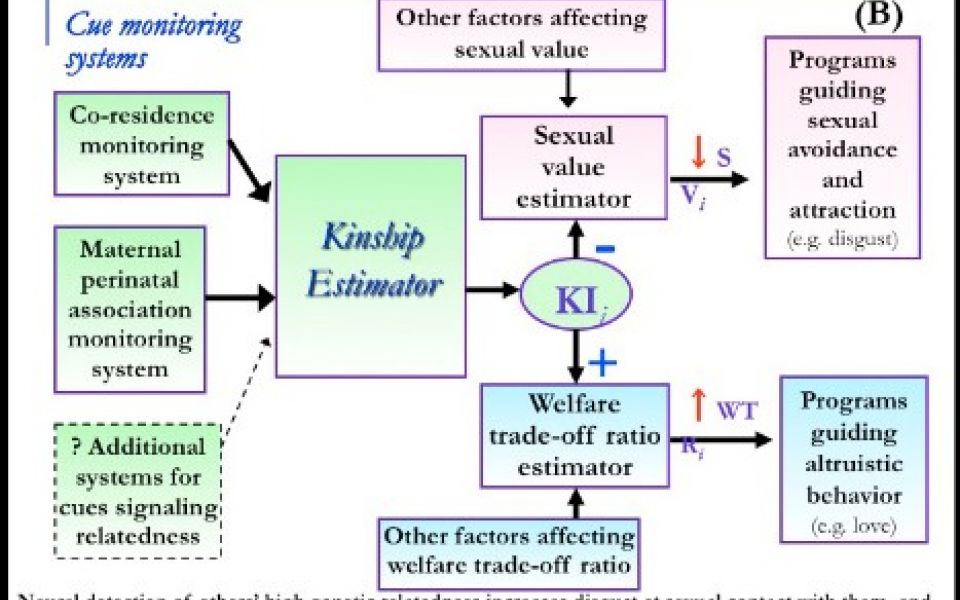Conversation: Serpentine Gallery ~ Edge: Map Marathon
Mapping the undiscovered continents of the mind. In 1970 I developed an early version of map (A) in an attempt to communicate what I thought was being overlooked in the study of the human mind, and what a new evolutionary and computational approach might have to offer. One can crudely map proposed components of the human architecture according to how computationally simple or complex they are on one axis, and how functionally specialized or general-purpose they are on the other axis. The region at the lower edge (simple) corresponded to behaviorist and associationist models of human nature. The cognitive revolution introduced proposals for components that were more computationally complex, but these were widely assumed to be general-purpose. The region at the right edge (general-purpose) corresponded to the near-universally accepted blank slate models of human nature. These two areas (marked in blue) almost exhausted the scientific imagination of behavioral scientists at the time, and indeed until recently. Few were looking beyond these borders at the large unexplored white region. Yet, natural selection would have inevitably populated this area with functionally specialized components designed to solve important, recurrent adaptive problems: from coalitions to mating to bargaining to friendship to incest aversion. To solve these problems efficiently, the circuit architecture of these components would often need to be complexly specialized for the task. These programs or instincts are numerous, have built in content, generate the major outlines of the human social world, make cultures similar to each other, provide a new natural science foundation for social theories, and are eminently worth studying. Most important, their evolved information processing architectures can be mapped--something I have been working on with my wife Leda Cosmides, and our students and colleagues. For example, (B) is a map of the circuit logic of a neural system that evolved to detect genetic relatedness in familiar others, and use detected kinship to (i) increase disgust at the prospect of sexual contact; and (ii) to increase the weight placed on the relative's welfare. (C) is a map of some evolved computational elements of human alliance and coalition psychology.

